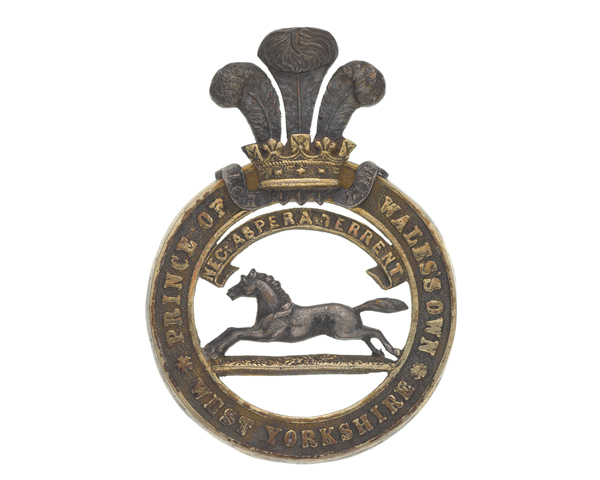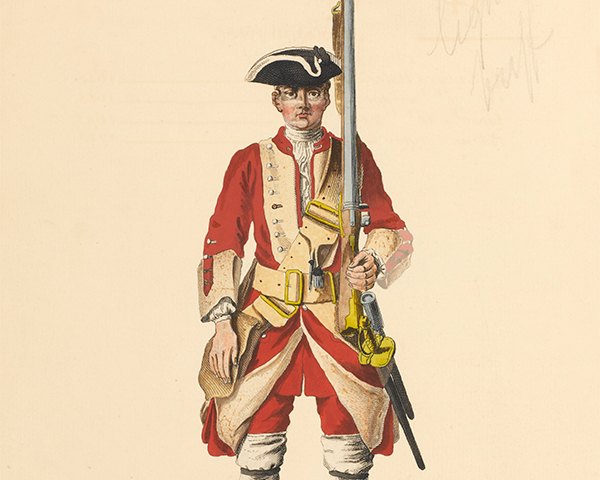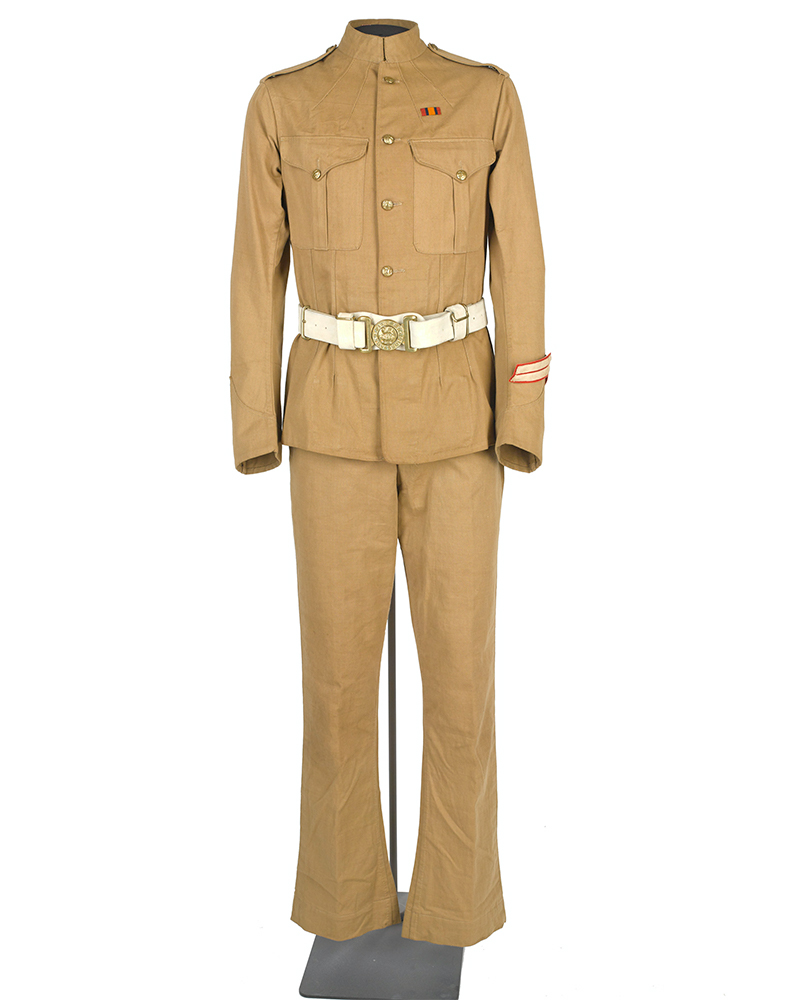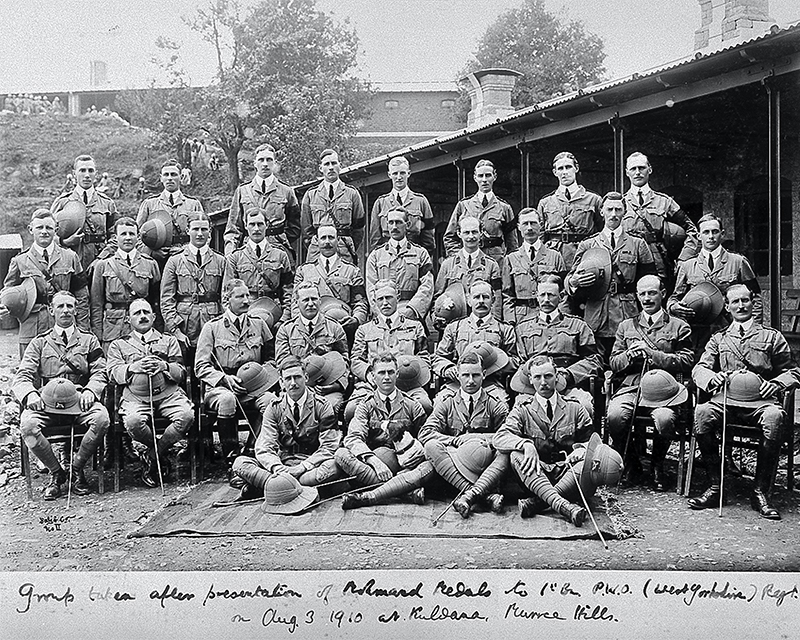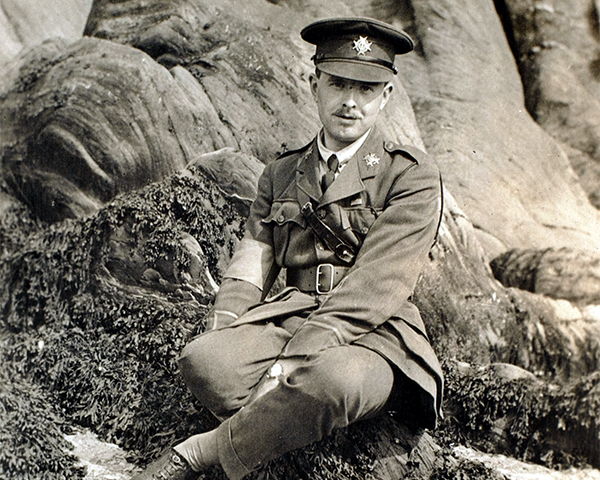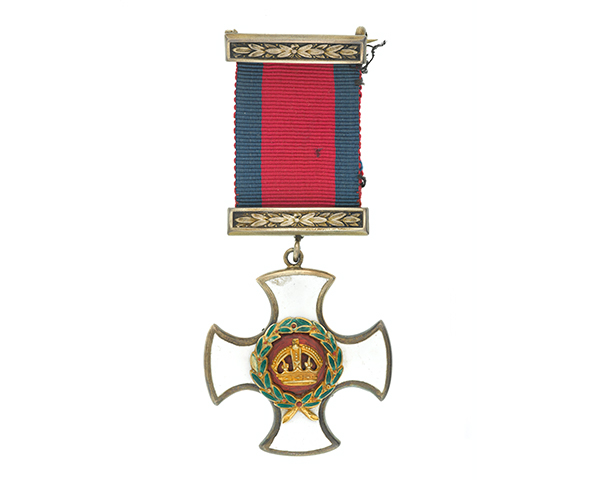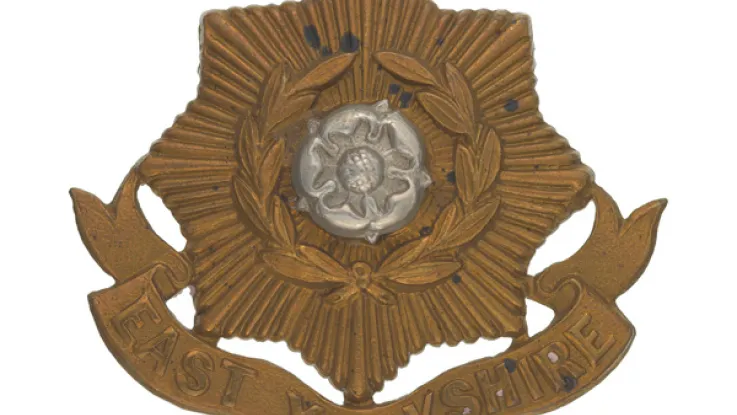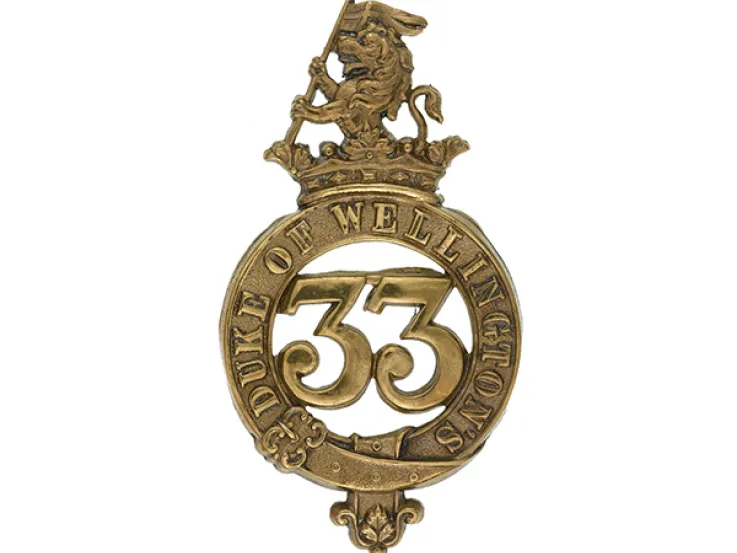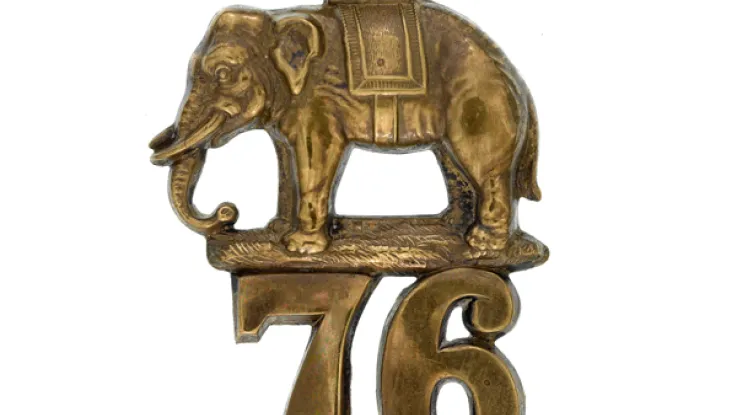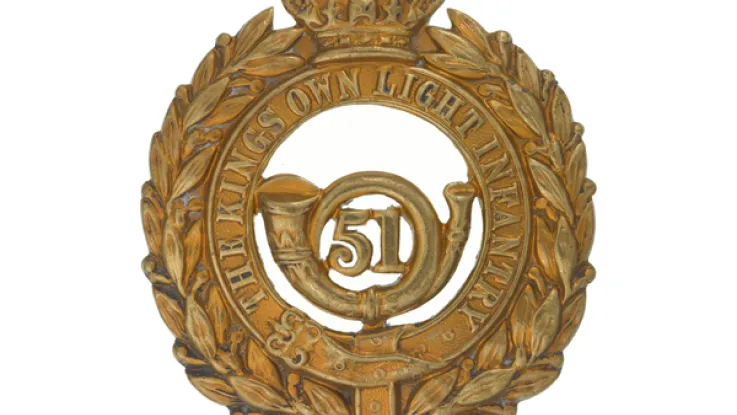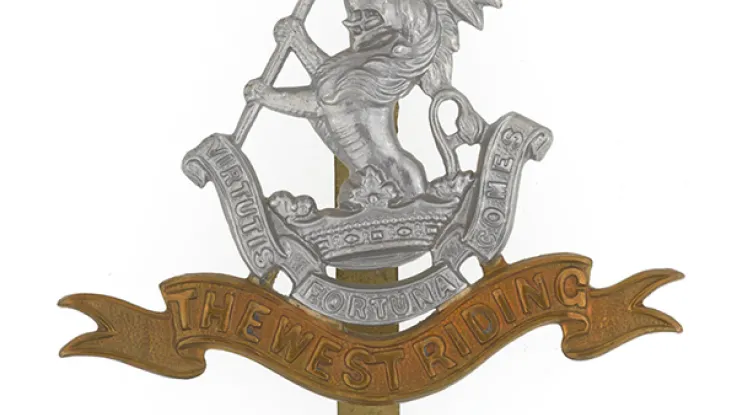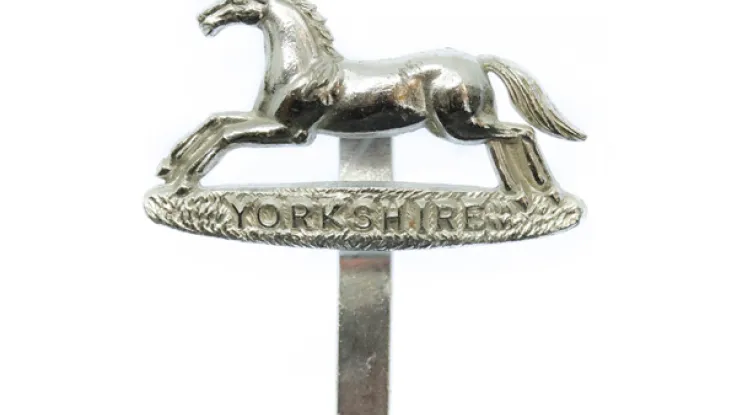Explore more from Regiments and Corps
The West Yorkshire Regiment (The Prince of Wales’s Own)
5 minute read
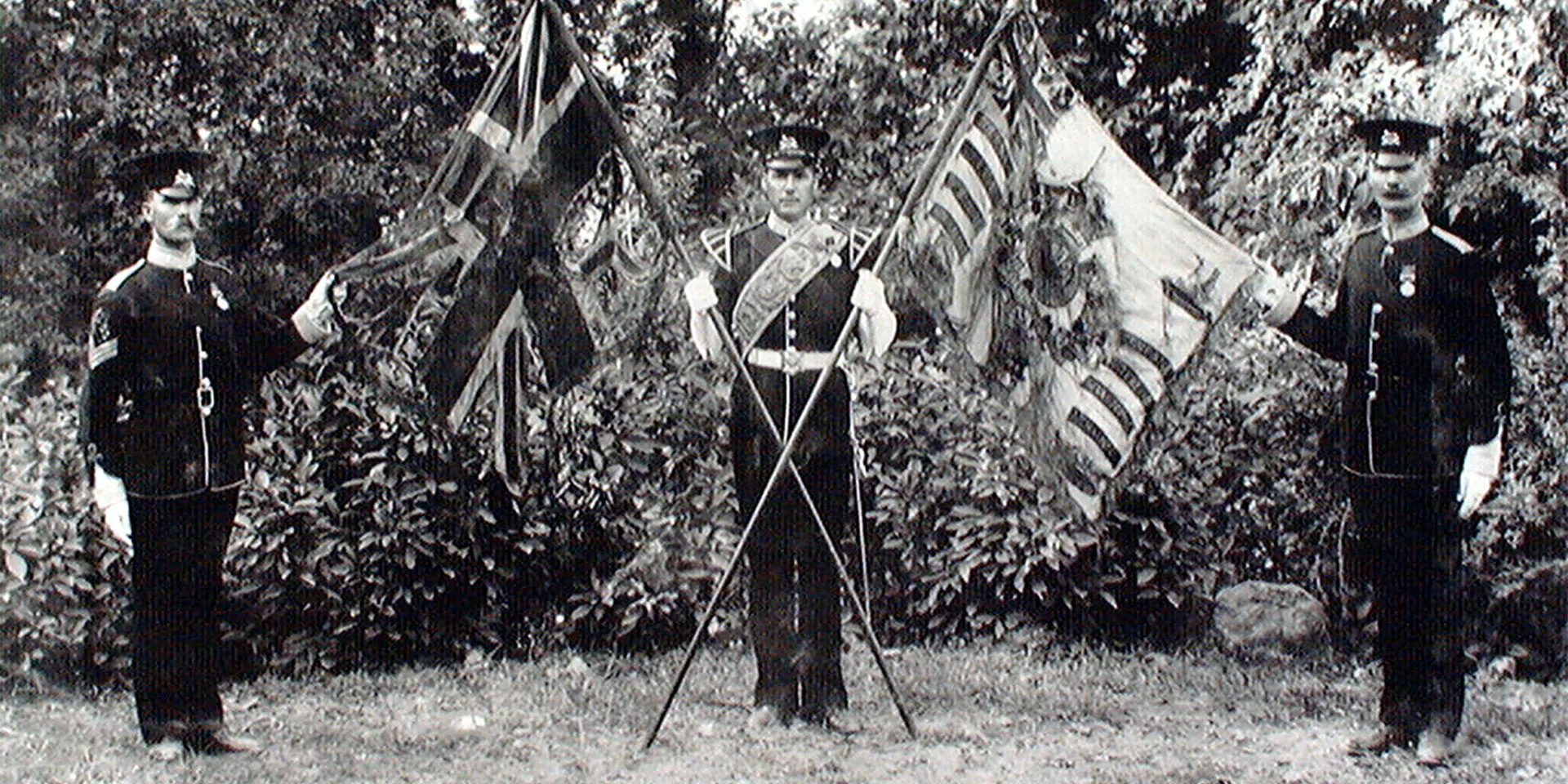
Colour party of 1st Battalion, Prince of Wales's Own (West Yorkshire Regiment), India, c1910
Origins
This regiment was originally formed in Canterbury by Sir Edward Hales in June 1685. At the time, the Monmouth Rebellion against the Catholic King James II was in full swing. Hales, who had converted to Catholicism on James’s accession and been made lieutenant of Dover Castle and the Tower of London, was one of several noblemen commissioned by the king to raise troops for his cause.
Early deployments
Following James’s deposition in the ‘Glorious Revolution’ of 1688, the regiment went over to his successor, King William III. It later fought for him at the Siege of Namur in 1695. It was then put on garrison duty in Ireland until 1714, when it was ordered to disband. That order was rescinded the following year and it was instead sent to face the First Jacobite Rebellion.
The regiment took part in the defence of Gibraltar in 1727 and remained there until 1742. It fought against the Jacobites again at Falkirk and Culloden (1745), then moved to the West Indies. It was during this deployment, in 1751, that it was assigned the number 14 in the infantry order of precedence.
Revolutionary Wars
From 1752 to 1759, the 14th Foot was back in Gibraltar. It moved to Nova Scotia in 1766, then two years later to Massachusetts, where it was involved in the ‘Boston Massacre’ of 1770. It was briefly in the West Indies from 1772, but returned to North America in time for the War of Independence (1775-83).
In 1776, so little was left of the regiment that its remaining men were posted to reinforce other regiments, while its officers were sent back to England to re-recruit.
In 1782, it was given its first county association, becoming the 14th (Bedfordshire) Regiment of Foot. That year also saw a return to the West Indies, this time for eight years – a further seven would follow from 1796.
In the meantime, it fought at Tourney and Gueldermalsen in Flanders early in the French Revolutionary Wars (1793-1802). In 1793, the regiment’s musicians played the French marching tune ‘Ça Ira’ as it attacked the French camp at Famars. This would become its regimental march.
Napoleonic Wars
In 1804, the regiment formed a 2nd Battalion. This fought at Corunna (1809) and during the Walcheren Expedition (1809), before garrisoning Malta, northern Italy and the Ionian Islands off the west coast of Greece.
Meanwhile, in 1807, 1st Battalion moved to India. During this lengthy deployment, it fought in Tranquebar, Mauritius, Java, and Nepal, as well as in wars against the Marathas and the Jats - winning a Royal Tiger badge - before returning to Britain in 1831.
In 1809, the regiment swapped county associations with the 16th Foot, becoming the 14th (Buckinghamshire) Regiment in the process.
The regiment was unusual in raising a 3rd Battalion of regular troops during the Napoleonic Wars. This was formed in 1813 from militia volunteers. The 3rd Battalion fought at Waterloo in 1815, but was disbanded a year later along with 2nd Battalion.
Victorian period
1st Battalion returned to the West Indies and Canada between 1836 and 1847, before deploying to the Crimean War (1854-56) in 1855, where it served at Sevastopol. It spent the rest of the 19th century in Malta, the Ionian Islands, India, Aden, England and Ireland.
In 1858, the regiment raised a new 2nd Battalion, which was stationed in New Zealand and Australia throughout the 1860s. In 1880, 2nd Battalion moved to India, remaining there until it was sent to fight the Ashanti in West Africa in 1895. In November 1899, it deployed to the Boer War (1899-1902).
1st Battalion also spent time back in India, from 1897 to 1911, after a year in Hong Kong in 1896.
In the Army reforms of 1881, the regiment’s county association changed to West Yorkshire. It had been granted the title of The Prince of Wales’s Own five years previously, so it now became The Prince of Wales's Own (West Yorkshire Regiment).
World Wars
Both battalions deployed to the Western Front in 1914. 2nd Battalion remained there throughout the First World War (1914-18), but 1st Battalion switched to Italy in 1917. The regiment also won four Victoria Crosses and raised 35 Reserve, Territorial and Service battalions during the conflict. These served on the Western Front, at home stations and in the Middle East.
The two regular battalions spent much of the inter-war period in India. 1st Battalion also had spells in Ireland in 1921 and 1926, Germany in 1922, and the West Indies yet again in 1929.
1st Battalion was in India at the outbreak of the Second World War (1939-45) in 1939 and fought in Burma from 1942 to 1944 before returning to India. By contrast, 2nd Battalion had been sent to Palestine in 1938 and had already fought in Ethiopia, Egypt, Iraq and Cyprus by the time it was sent to Burma in 1943.
Quiz
In 1917, which front-line medical first involved an officer of the West Yorkshire Regiment serving on the Western Front?
Second Lieutenant Cyril Edwards was serving with 2/7th Battalion The Prince of Wales’s Own (West Yorkshire Regiment) when he saved the life of a non-commissioned officer during a scouting mission. An enemy hand grenade landed among his men, which Edwards attempted to stamp into the ground. But the grenade exploded, blowing his foot off. He became the first officer to receive and survive a blood transfusion at a front-line hospital. He was subsequently awarded the Distinguished Service Order.
Post-war deployments
In 1945, 2nd Battalion held Java, before moving to Malaya the following year. It merged into 1st Battalion in 1948. 1st Battalion carried out occupation duties in Austria from 1946 to 1952 and garrison duties in Northern Ireland in 1955-56.
The regiment then fought in both the Malayan Emergency (1949-60) and the Suez Crisis (1956).
Legacy
In 1958, it merged with the The East Yorkshire Regiment (The Duke of York’s Own) to form The Prince of Wales’s Own Regiment of Yorkshire.
Regimental museums
The National Army Museum works with a network of Regimental and Corps Museums across the UK to help preserve and share the history and traditions of the Army and its soldiers.
Discover more about The West Yorkshire Regiment (The Prince of Wales’s Own) by visiting York Army Museum.

